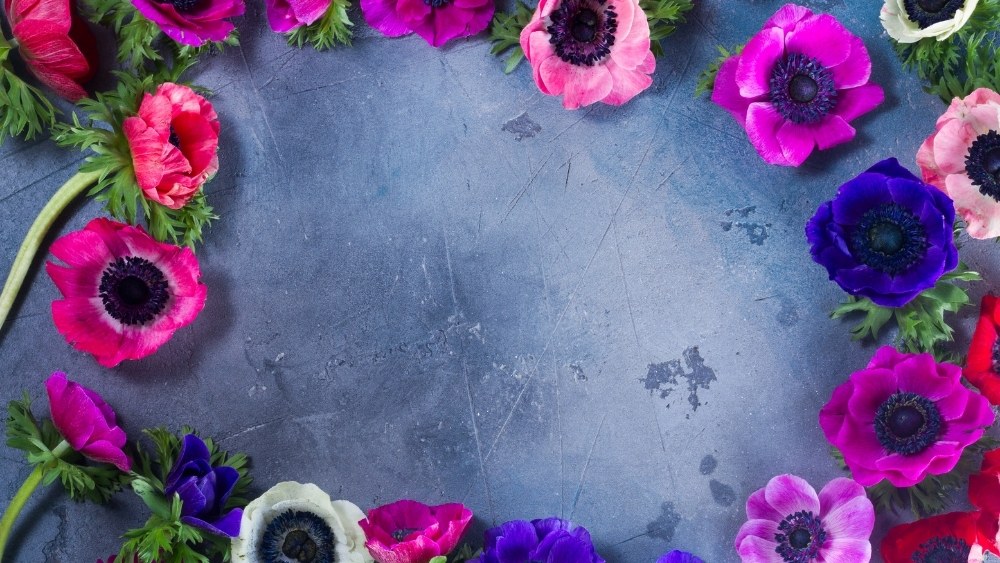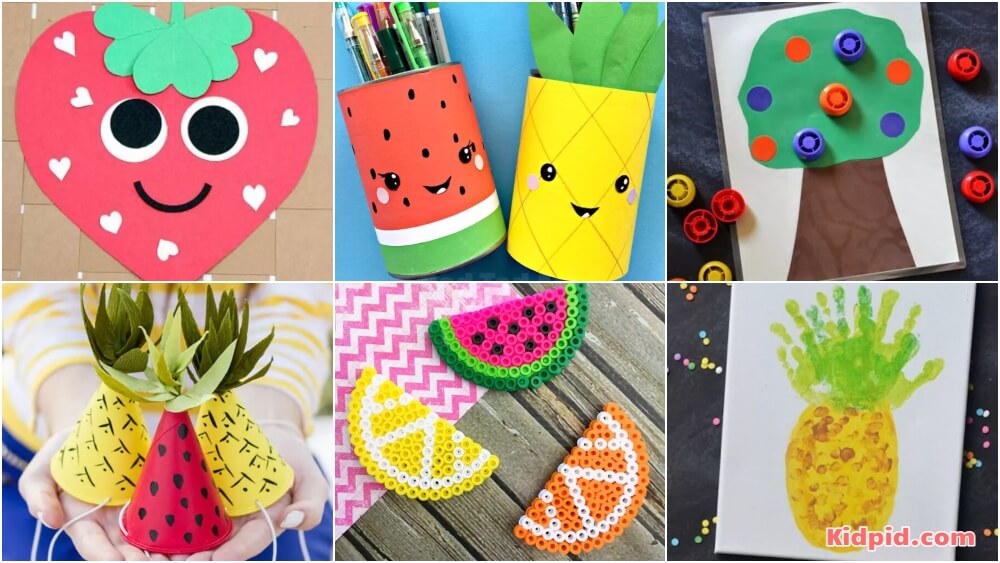Why do plants have flowers?

Since ancient times, flowers have been used by humans as simple decorations as well as for deriving medicines and other beneficial extracts. But what’s the importance of flowers to the plant? Well, flowers play a vital role in the reproduction of plants. They can also feed insects, birds, and animals.
Without flowers, all plants would only look green and this world would be a much duller place. Flowers can be found on all kinds of plants ranging from plants found in human-habitat areas to desert plants like cacti.
Plants have flowers because they need to make seeds which give rise to new plants and therefore are an indicator of successful reproduction. To make seeds, plants need to be pollinated by another plant of the same species. Flowers attract insects and birds which carry grainy dust called pollen from one flower to another. Trees mainly depend on winds to spread their pollen grains all over the area.
Contents
How are pollen grains spread?
A plant needs to spread its pollen grains over a large area so that another plant of the same species can receive the pollens and make seeds. Seeds eventually a new plant to develop from it, which can then grow and thrive. Many plants like apple and mango make seeds inside the fruit. Many animals eat these fruits and scatter these seeds all over the place. Various small insects are attracted to colourful flower petals and the nectar found in flowers. As an insect puts its head inside a flower, it carries the pollen grains of that flower and when that same insect sits on another flower of the same species, it scatters the pollen on it. As a result. pollination occurs in the second plant, promoting reproduction and growth in flowering plants.
Some flowers such as dandelions produce very light seeds that get blown away by the wind. Some seeds get attached to the body of animals which eventually helps in their transportation.
Parts of plants that help in pollination:
Sticky Stigma
Insects that are attracted to flowers, rub against the stigma and leaves pollen grains behind. Each grain then enters a tube that travels down the style to the ovary. The ovary contains the plant’s ovum. The pollen coming down from stigma fuses with the ovum and fertilizes it eventually resulting in the formation of seeds.
Pollen Store
Pollens are produced and stored within the anthers of the flower. Honeybees are considered to be the best pollinators because they visit flowers and the pollen grains get stuck to them. Now, when these bees move on to another flower in search of nectar, the pollen is rubbed off on the new flower. Eventually the pollen fertilizers this new plant, giving rise to the formation of fruits and seeds.
Pretty Petals
The colour, shape, and size of a flower’s petals as well as the smell of flowers attract insects. The petals produce different scents that lure desirable pollinators. The attracted animals feed on the nectar while the animal also collects pollen on its body.
Collecting pollen
Insects such as bees visit flowers to drink nectar- a sweet and sugary liquid- and in turn carries pollen on their body. This happens because, as insects crawl on the flowers, some pollen grains from the anthers stick on their bodies and legs. When these bees visit other flowers, this pollen gets rubbed off on their stigmas which helps in the fertilization of the plant.
Fun-Facts:
-
Pollination leads to the formation of various commercially important items such as coffee and tequila.
-
75% of flowering plants depend on pollinators for fertilization.
Objective Questions:
- Which part of the flower extracts pollens from the incoming animals?
(a) Stigma
(b) Ovary
(c) Anthers
(d) Pollen grains - What is the sweet liquid produced inside a flower?
(a) Nectar
(b) Eggs
(c) Seeds
(d) None of these - Where are the pollens produced and stored?
(a) Ovary
(b) Anthers
(c) Petals
(d) None of these - What percentage of fertilization depends on pollination?
(a) 10%
(b) 90%
(c) 75%
(d) Does not depend
Quiz:
- Honeybees are considered to be the best pollinators. (T/F)
- The colour, shape, and size of a flower’s petals and the smell of flowers attract insects. (T/F)
- Plants have flowers only for the purpose of decoration. (T/F)
- Insects that come to extract nectar from flowers rub against the petals and leaves pollen grains behind. (T/F)
- The pollen from the stigma joins with the ovum to form seeds. (T/F)






Responses